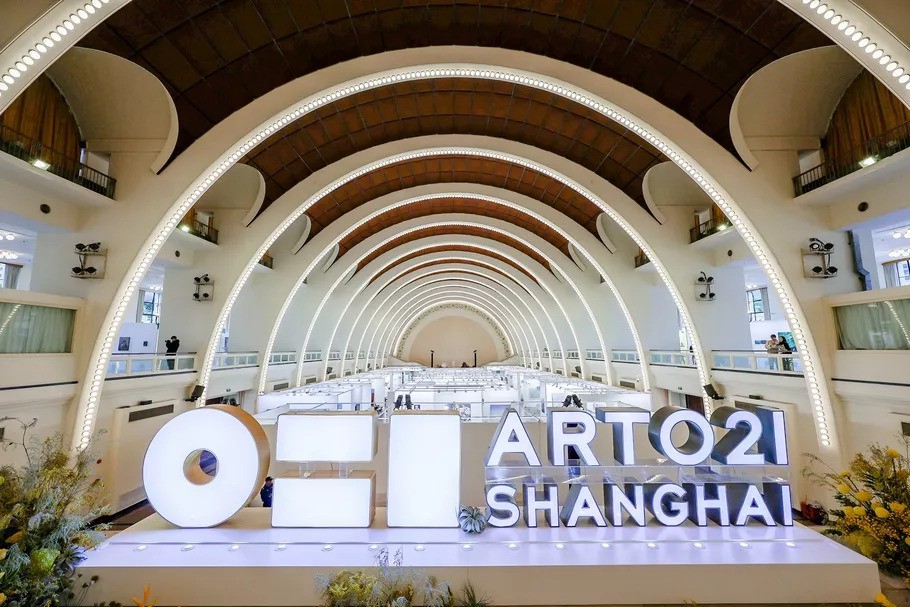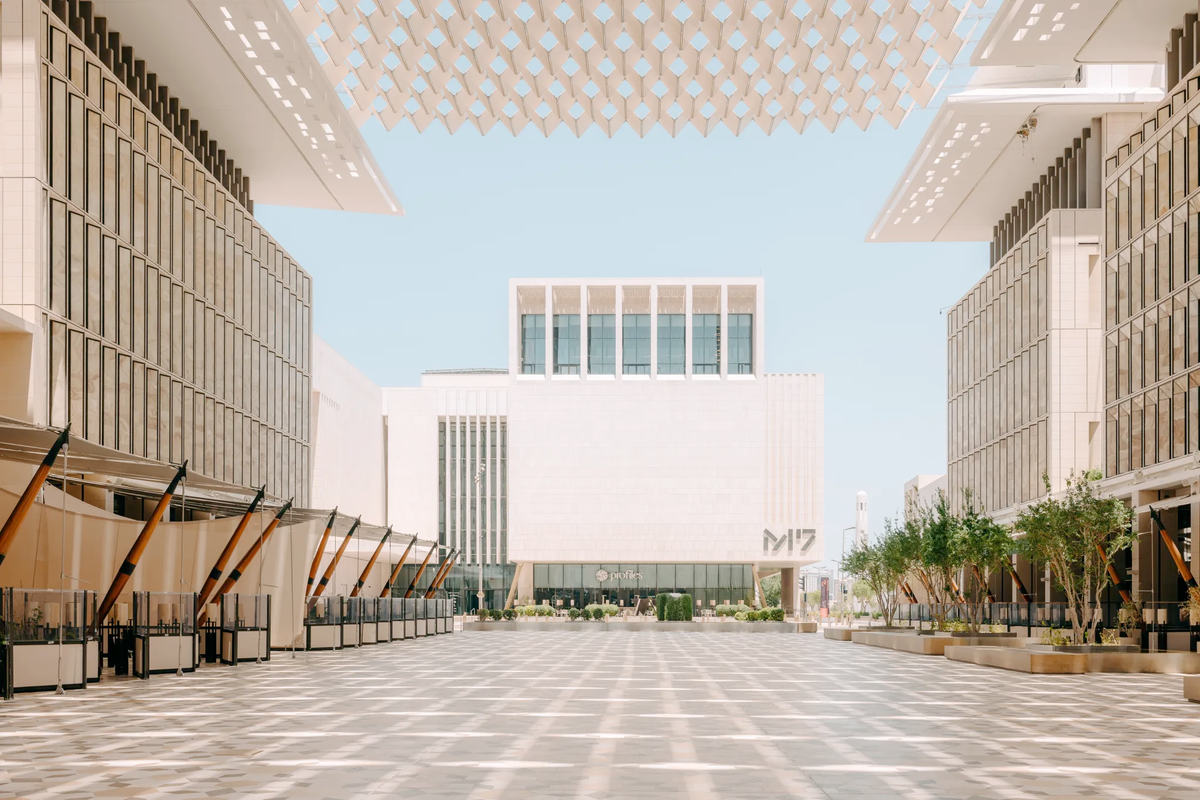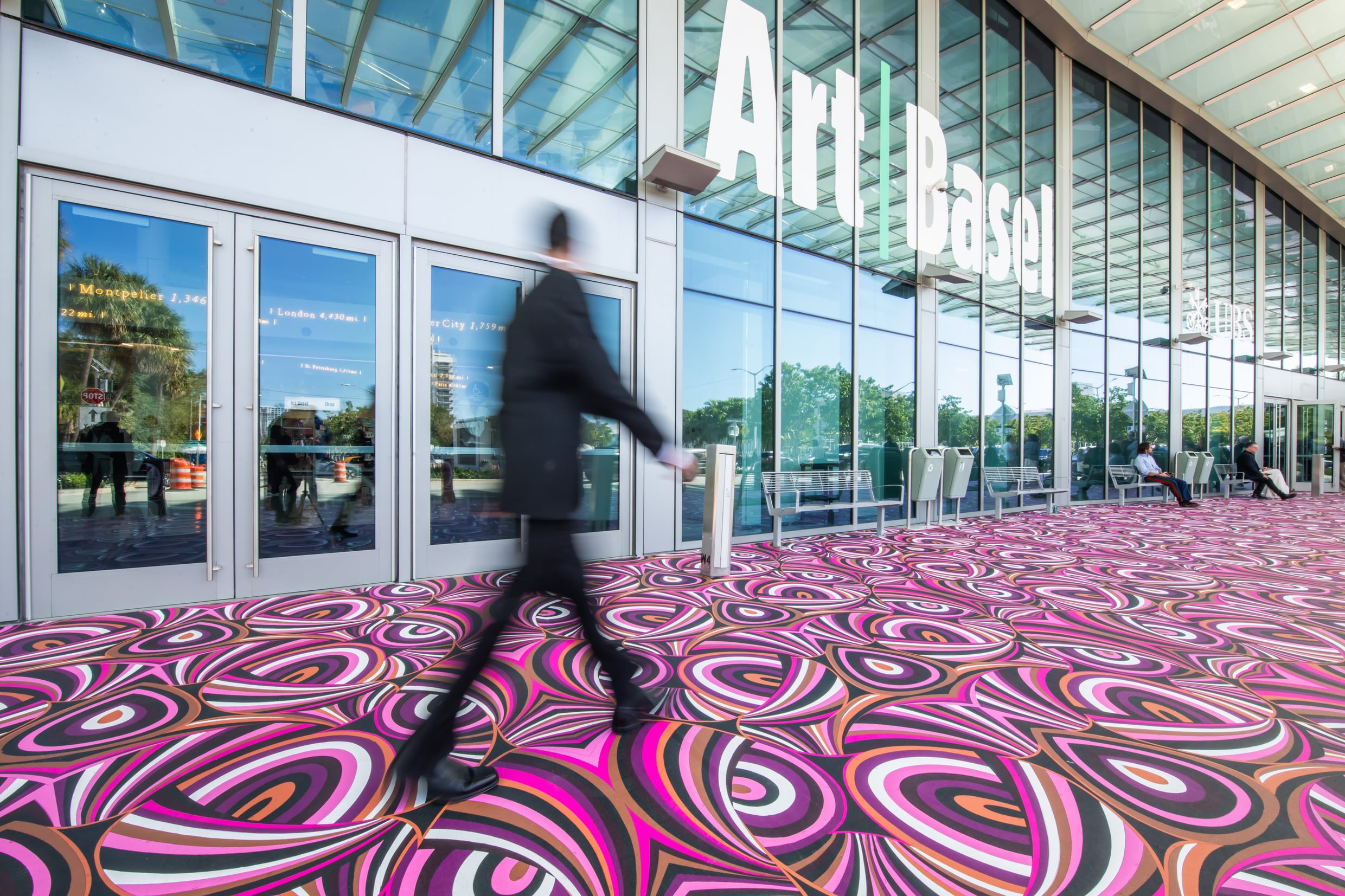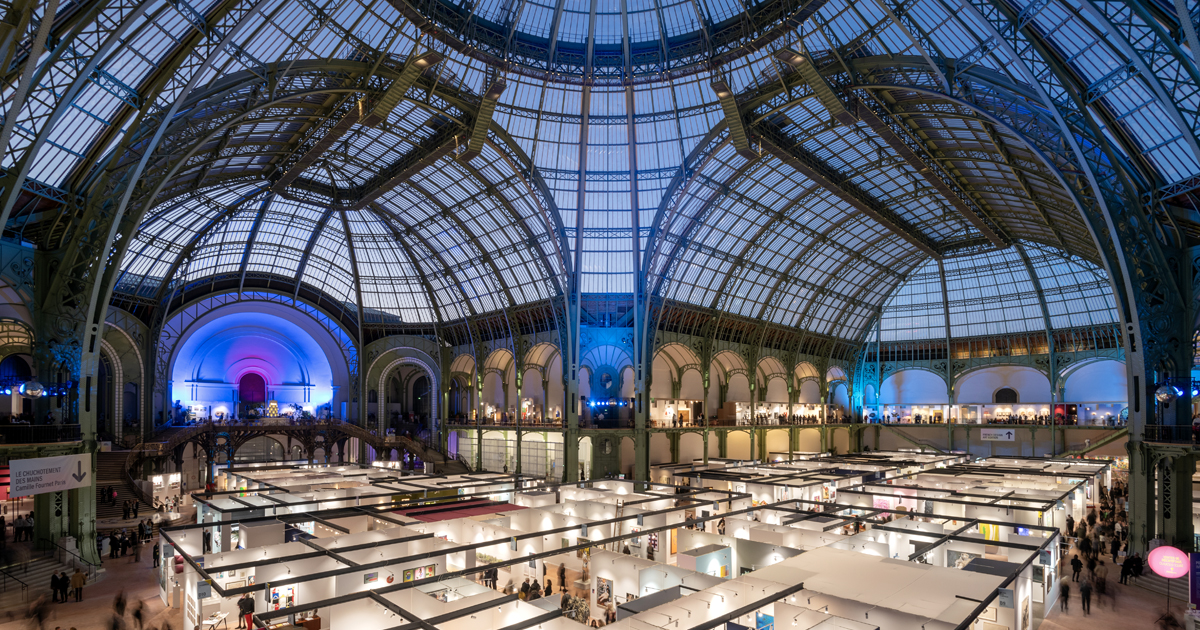Máret Ánne Sara’s Goavve-Geabbil transforms Tate Modern into a living landscape of hides, bone, sound, and spirit. Rooted in Sámi cosmology, the installation marks a powerful return of shamanic presence in contemporary art—an immersive call to reconnect with land, ancestors, and the unseen.
The Sun Rises on the Market: Asia’s Art Power Play
In the past few years, the art world’s compass has been turning steadily eastward. From Seoul and Singapore to Doha and Abu Dhabi, the expansion of major art fairs signals more than just geographic curiosity—it represents a structural realignment of the global art economy. Asia is no longer a satellite orbiting Western capitals; it is fast becoming a gravitational centre in its own right.
.jpg)
For decades, the art world moved to the metronome of New York, London, and Basel -The auctions, the fairs, the dinners that decided careers. But lately, the compass has begun to twitch. From Seoul to Singapore, Shanghai to Doha, the world’s art map is being redrawn in bold, Eastern strokes.
Once upon a time, art fairs were like royal courts: Basel ruled Europe, Frieze commanded London and L.A., and New York was the empire that never slept. ART021 Shanghai returns in 2025 with 139 exhibitors from 50 cities across 22 countries—33 of them first-timers. Art Basel Qatar will make its glittering debut in Doha in February 2026 with 87 galleries, while Frieze Abu Dhabi opens the same month, rounding out the Gulf’s emergence as an art-world crossroads.

These aren’t pop-up experiments. They’re declarations of intent. Western fair powerhouses are planting permanent flags in markets where collectors are younger, bolder, and flush with capital.
Several powerful forces are driving this eastward momentum. First is the rise of a new generation of collectors. Across East and Southeast Asia, millennial and Gen Z buyers are redefining the rules of collecting. They’re globally mobile, digitally fluent, and drawn to art that reflects identity, technology, and regional voices. They are not beholden to the Western canon and often build collections that mix international blue-chip artists with emerging Asian talent.
Second, Asia’s economic and infrastructural growth has created a robust foundation for the art market. The rise of high-net-worth individuals, tax-friendly art hubs like Singapore, and the development of bonded storage facilities in Shanghai and Hong Kong have all contributed to a mature ecosystem. According to the 2024 Art Basel & UBS Art Market Report, Asia accounted for roughly 19 percent of global art-market value in 2023, making it the second-largest region after the United States.
Third, Western institutions themselves are fueling this growth. Art Basel, Frieze, and other major fair brands are no longer testing the waters—they’re committing long-term. For international galleries, Asia offers what mature Western markets can no longer guarantee: sustained growth, new audiences, and energetic collectors.
Finally, Asia serves as a cultural bridge. Collectors and institutions in the region often act as connectors between Western artists and new audiences while reclaiming and elevating Asian modernists who were historically underrepresented in global narratives. Some observers have linked the art world’s pivot eastward to the U.S.–China trade tensions and Donald Trump’s tariffs, suggesting that galleries and fairs are fleeing American restrictions. While trade policies have played a small role, they are not the root cause.

As Artnet reported in its 2025 “Asia Pivot” analysis, this is a story of growth dynamics, not protectionist aftershocks. The decision to expand into Asia predates recent political cycles—it’s about tapping into markets that are maturing both culturally and economically. According to the Art Basel & UBS Art Market Report 2024–25, global art sales in 2024 reached approximately $57.5 billion, down 12 percent from 2023’s $65 billion. However, transaction volume actually increased by around four percent. The mid-market—works priced between $50,000 and $1 million—is thriving, while the ultra-high-end segment has softened.
Asia’s share of global sales remains strong at around 27 percent, led by China, which accounts for roughly 85 percent of the region’s auction turnover. Yet new hubs such as Seoul, Singapore, and Tokyo are quickly gaining ground. This indicates a market that’s not just expanding—it’s diversifying. While China remains dominant, other Asian cities are positioning themselves as alternative cultural and financial centers.
Asia’s rise doesn’t signal the West’s decline. Instead, it marks the emergence of a polycentric art world—one where influence and capital flow across multiple hubs.
The United States and the United Kingdom still dominate at the top end of the market, particularly for ultra-high-value works. But Asia has established itself as the epicenter of mid-market growth. Younger collectors in Seoul, Hong Kong, and Singapore are demanding curatorial rigor, transparency, and a professionalization of gallery practices that rivals any Western standard.
At the same time, the rapid expansion of fairs in Southeast Asia has raised questions about saturation. With multiple events competing for the same exhibitors and collectors, quality and sustainability may become key differentiators. Currency fluctuations, capital controls, and import regulations also pose ongoing logistical challenges, though digital platforms and free-trade zones are mitigating many of these issues.
.jpg)
For galleries, Asia represents both a promise and a challenge. Entering this vast region requires more than a booth at a fair — it demands an authentic commitment to local audiences, languages, and cultural nuances. For collectors, the East has become an essential destination, offering unmatched diversity and access to new markets. Yet as fairs proliferate and artist rosters expand, discernment is key; not every emerging platform carries the same curatorial weight.
For artists, Asia’s rise signals genuine opportunity. Themes of hybridity, identity, and technology resonate strongly with regional audiences, creating fertile ground for cross-cultural collaboration and visibility. Institutions, too, are adapting. As the balance of influence shifts, the centers of artistic gravity are no longer confined to London or New York — they are increasingly negotiated in Seoul, Shanghai, and beyond.
Asia is not just participating in the global art conversation; it is helping to define its future.
So, is the East the new art hub? Increasingly, yes—but not as a replacement for the West. Instead, we are entering a post-Atlantic era where power and creativity are distributed rather than centralized.From ART021 Shanghai to Art Basel Qatar, the global art landscape is being redrawn into a network of bridges—commercial, cultural, and technological. The future of the art world will not belong to one geography, but to the connections between them.
In this new landscape, one thing is clear: the art world’s future is not somewhere else—it’s everywhere at once.
Miami Beach is about to trade in its sunscreen for art, ambition, and audacity, as Art Basel 2025 takes over the city in a whirlwind of color, ideas, and unapologetic creativity. From Havana to São Paulo, New York to Kyiv, 283 galleries are landing in the Sunshine State, bringing a global parade of Modern masters, postwar icons, and daring emerging voices. This year, the fair is shining a spotlight on Latinx, Indigenous, and diasporic artists—because if Miami is the crossroads of the Americas, Art Basel is the crossroads of ideas. Get ready for a week where the beach vibes meet bold statements, and the cocktail of culture is curated with intellectual rigor.
The latest Art Basel & UBS Survey of Global Collecting reveals a new balance of power in the art world — where women lead in spending, Gen Z embraces digital art, and collecting becomes as much about identity as investment.

-min.jpeg)

